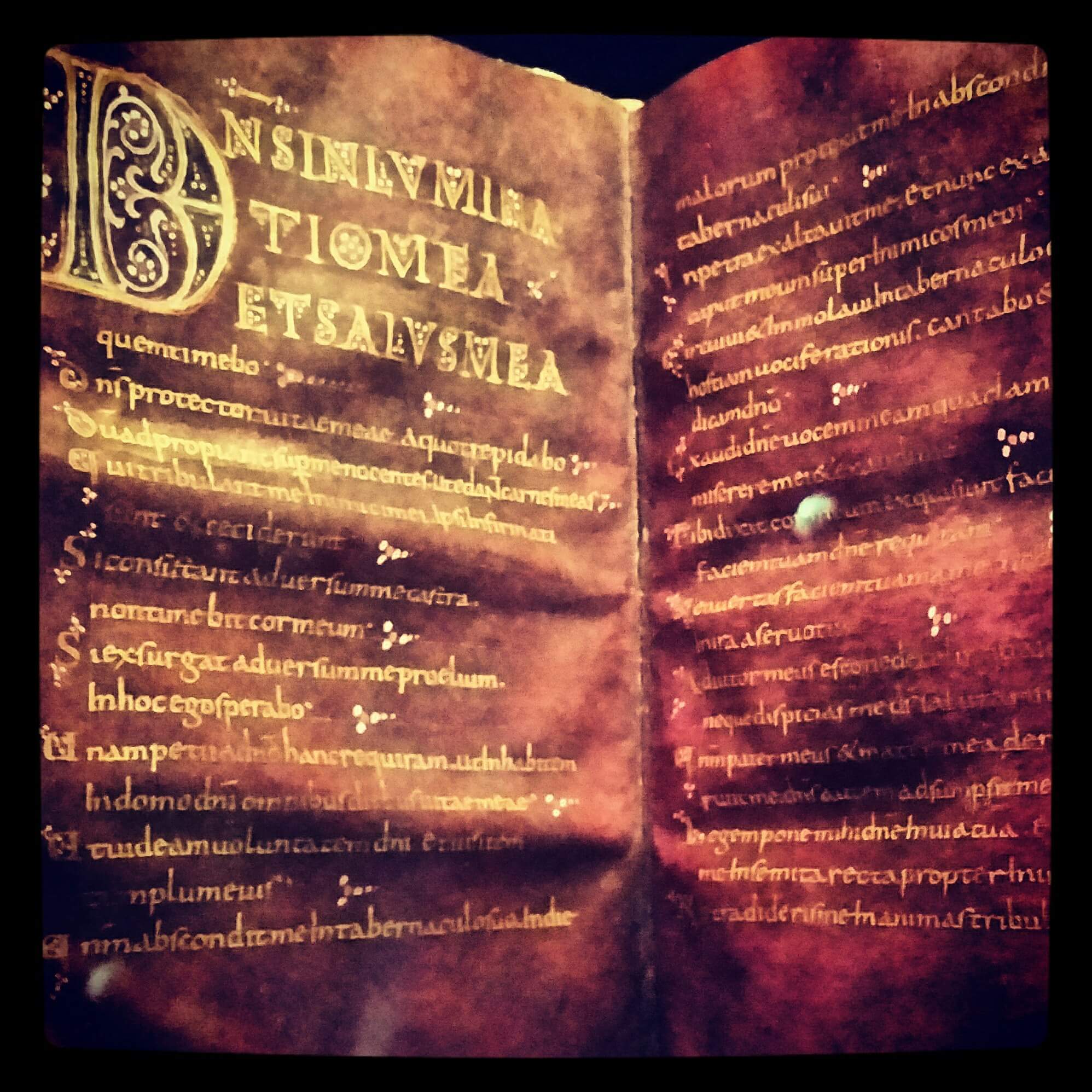This article is the second of a series on Meals with Jesus which formed part of this year’s Lent course. This second is on the pericope of the Feeding of the 5000, John 6·1–15 [25–59].
We could have popped out to the shops to get some sarnies before we came, or boiled some eggs or scrumped some apples, but we didn’t. We could have looked out the hiking boots, change of clothes, tent, sleeping bag and rucksack before we came, but we didn’t. In fact we felt pretty stupid stuck all the way up there in the Golan Heights with nothing but our sandals and the shirts on our backs. Perhaps we thought that there would be catering laid on, but that seems a little daft now: Zebedee’s lads might be good at catching fish, but they’re no Rick Stein!
We came not because we had planned an expedition, but because we had to. There are foreign soldiers on our streets, watching what we do or say, thinking that every one of us could be a Jewish insurgent. In the midst of our national humiliation a new leader came — someone who could inspire and heal and make us feel human again. So we didn’t think, we went, and we followed him and his group up and out to find some space to breathe in great lungfuls of the freedom we desired with all our being.
We know you want to ask about the great picnic we had up there, but you’re missing the point. Just being there with him fed us where we were at our hungriest. There was a will to stay, but we knew couldn’t stay there forever. When the time came to return to the military zone our homes had become, we were willing to walk on empty stomachs, praising God with parched lips until we could feed our physical thirsts and hungerings. But that’s not the way he operates; his compassion made him want to feed us even when there was no food. But food was passed around, divided up and passed around some more, and we ate. We ate well — all the bread and grilled fish we could eat — and there was plenty of leftovers.
Many of the people there wanted to make him king and start a guerrilla war from Golan to retake our homeland from the invaders. We wanted bread and freedom, but he gave us so much more. We have forgotten how the food tasted, but we cannot forget the taste of our meeting with him. This was no picnic!
Notes
It was Passover, Jesus crossed the sea and took the people up the mountain, out into the middle of nowhere, where he miraculously fed them. It was Passover, Moses crossed the sea and took the people up the mountain, out into the middle of nowhere, where he miraculously fed them. The 5000 people represent the Law of Moses — they are Jews and the number 5 is the number of the Books of Moses. In the New Testament, the New Law is not written on stone or scrolls but on the hearts of people — the 5000 are the testament of Jesus.
The five barley loaves also witness to the Law of Moses, and the two fish bring the number to seven, the number of completion and of the Lord’s Day. The symbolic mathematics is telling us that Jesus is not a repeat of Moses, but his completion and fulfilment.
The twelve baskets of leftovers witness the twelve tribes of Israel. The Jews of the first century AD believed that they were a mere remnant of the twelve tribes, and that many had not returned from exile and captivity. Further still, the Pharisees taught that many who were physically in the land of Israel had not effected a spiritual return to God. In the light of this, the text of the gathering of the twelve baskets of leftovers has great poignancy. Jesus is heralding the return to God, both physically and spiritually, of his people, a great in-gathering.
In verse 11, Jesus takes, gives thanks (eucharistēsas) and distributes the food. The pattern is found throughout many descriptions of Jesus’ meals, often also mentioning his breaking of the bread (the action by which the disciples at Emmaus recognised him). The four-fold action of taking, blessing, breaking and distributing is central to modern understandings of the eucharistic liturgy.
It might be too much of a distraction to look into verses 16–24, but they emphasize Jesus as the one who crosses the sea miraculously, like Moses, and reinforce the Johannine theme of Jesus’ elusive nature — one has to search to find him.
Verses 25–59 are Jesus’ conversation with the people when they catch up with him. There is enough material in the first fifteen verses for the session, but the leader may wish to use this conversation also; it might be suitable to introduce the feeding of the 5000, have the discussion, then come back together to read Jesus’ later conversation with the people he fed. Jesus tells them to look beyond the food — just like many of us will read of the miraculous feeding of 5000 and just think about the miracle rather than what Jesus is saying through it. He mentions the manna in the desert, reinforcing the Moses parallel again. Then he takes them the final step: he is the bread, the manna, the food.

